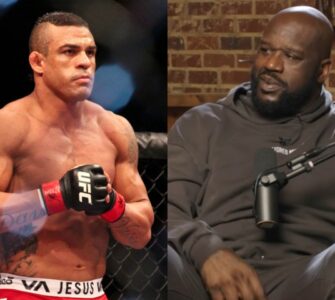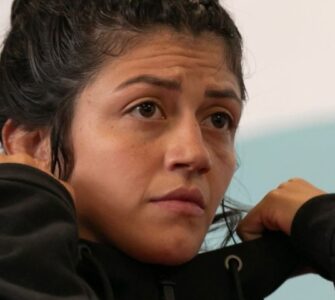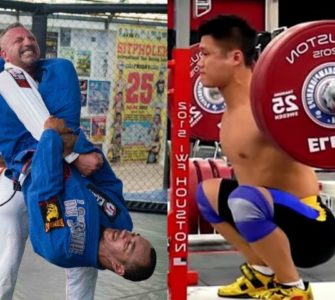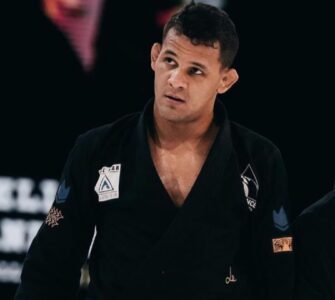1/2 Russian 1/2 Ukrainian BJJ brown belt, Olga Lyashevska is one of the top female BJJ athletes in Europe. She grew up in Crimea (used to be Ukraine, now Russia) and in 2005 moved to the Netherlands to do a MSc degree in Environmental Science. She is currently a PostDoc researcher in Ecological Statistics at the Netherlands Institute for Sea Research. She is multi-lingual, speaking Russian, Ukrainian, English, Dutch, Portuguese and can write in Arabic.
Olga started training Judo and BJJ in 2005 and received her black belt in judo in 2010 and her brown belt in BJJ in 2013 from Marcos Flexa (Carlson Gracie Amsterdam). In 2012 and 2013 she won trials for the World Pro Jiu Jitsu Championships in Abu Dhabi. In 2013, as a purple belt she became a NOGI European Champion, and, more recently, in 2014 she won the brown belt open class at Rome International Open. Olga talked to BJJ Eastern Europe about her Judo and BJJ mix of style, the BJJ scene is Eastern Europe and Carlson Gracie Amsterdam.
How did you discover Judo and BJJ and how did you start training?
Doing chokes, strangulations, joint locks and throws was not a planning
of any kind. Jiu jitsu came into my life naturally: I just joined a
class out of curiosity nearly 10 years ago without having a clue what it
was and since then I could not stay away. Now jiu jitsu became my
passion. Only after a couple of years of training I started competing.
Back then females in jiu jitsu were rare, therefore I made a choice to
compete against men, and certainly I had some success. This was an
excellent proof of ‘the gentle art’ philosophy which is based on using
skill over strength.
What are some similarities and differences between Judo and Jiu-Jitsu
cultures?
I hear this question very often. The short answer will be that
techniques are similar but rules are different. Just think of the ratio
of the time that you spend standing to the time on the ground. In
jiu-jitsu this ratio is 20 to 80, whereas in judo it is just an
opposite. This ratio is defined by and large by the rules, which in turn
dictate choice of techniques.
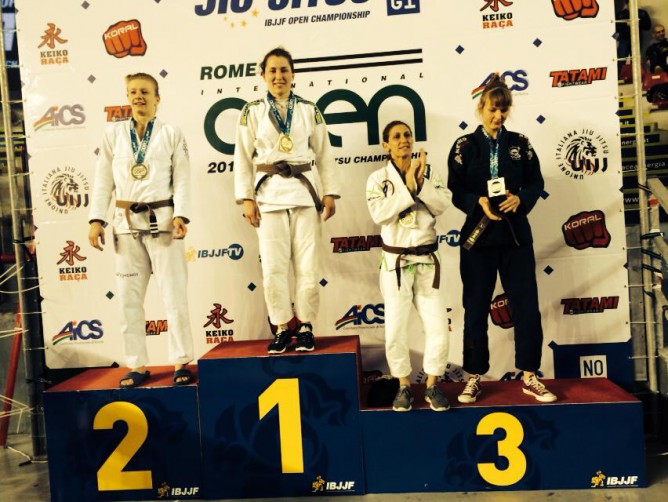
2014 Rome Open
What are some of the advantages, both physical and mental, that Judo
has given you when you train and compete in BJJ?
I started jiu-jitsu and judo at the same time and progressed in both
disciplines alongside each other, allowing them to interweave and to
become the two parts of the same whole.
Doing both gives me an obvious technical advantage. I have always
something what I can do better. Especially in my early competitions, I
won most judo matches on the ground and scored points in jiu jitsu
though a takedown. Nowadays, the judo rules has changed in order to
promote more spectacular throws while even further restricting the
time on the ground. The jiu jitsu rules are very limiting as well,
people are hardly motivated to invest their time in learning takedowns,
whereas I believe that effective takedowns should be a part of
jiu-jitsu, thus they need to be rewarded accordingly.
For a long time the mental part of competing was the hardest to deal
with. Certainly, feeling stronger because of the advantages you might
have gives you the right mental attitude. You may never underestimate an
opponent, but be confident in yourself. How do you achieve this balance?
I find yoga/meditation extremely useful which allows to relax when you
need to wait, but concentrate when you have to fight.
What do you know of the BJJ scene in Ukraine in Russia? What do you
think of Eastern European BJJ scene?
It seems like the number of people practising BJJ is growing
exponentially! And there are strong grounds for this. When I went a few
years ago back to Crimea I could hardly find any BJJ school where I
could train. So I took the best what was offered and I trained at SAMBO
school. Nowadays, those SAMBO guys with excellent armbars and elaborate
leglocks are picking up jiu jitsu in no time. In near future I expect
that the BJJ scene will change even more.
Please tell us about your BJJ academy and instructor in Amsterdam?
I am training now for more than 3 years with professor Marcos Flexa in
Amsterdam. He is a 4th degree black belt under the legendary Carlson
Gracie who for years was the head coach of the Carlson Gracie Academy in
Rio de Janeiro. Training with Marcos Flexa is like training in Brazil,
the only difference is that you do not have to travel that far. He makes
all his students feel like at home, and all guests regardless
which academy they belong to are always very welcome.
We have a nice team: guys and girls, a couple of blacks, a few browns,
some purples with plenty of blues and whites. There is always a variety
of training partners which will suit anybody. A great place to train!
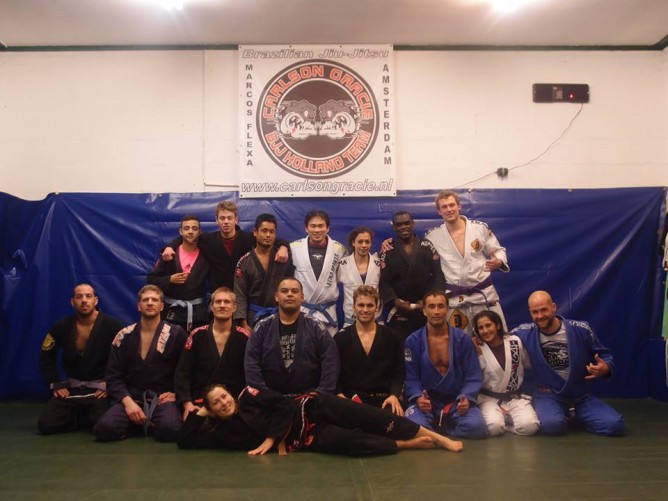
Carlson Gracie Academy Amsterdam
Who are some of your favorite BJJ players nowadays?
I like a few players, some just to mention are
Marcello Garcia and Alexandre Ribeiro.
How would you describe your BJJ game/style? Strong basics or modern sport Jiu-Jitsu?
Mostly strong basics with heavy pressure, not too fancy, although I like
to be creative. I probably would not go for berimbolo, but I do like
X-guard, de la riva guard and such.
If you want to thank somebody or sponsors, feel free
I want to thank all my training partners and of course my professor
Marcos Flexa. I also want to acknowledge two people who were with me
from the very beginning. This is my first instructor and friend Waqar
Ahmed. He is a very dedicated person who inspired me to keep going. I
am also grateful to Arjen Heijnekamp, who became my best training
partner. With many years of experience in all kinds of disciplines he is
a true martial artist.
And last but not least, I would like to thank the Grab and Pull for
sponsoring me.
Thanks Olga and all the best
Thank you too.




